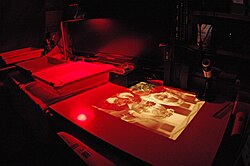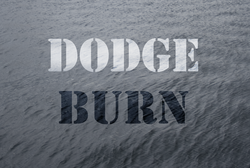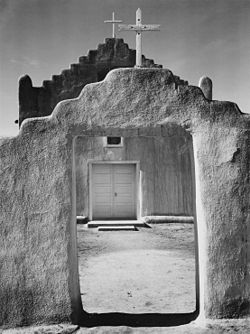Darkroom processes
| Art Appreciation and Techniques (#ART100) | |
|---|---|
| Artistic media: The camera arts | Overview | Introduction | Early development | Impact on other media | Form and content | Darkroom processes | The human element | Color images | Photojournalism | Modern developments | Film, video and digital | Summary |
The camera’s ability to capture a moment in time is not without difficulties. We’ve all had the experience where we declare “If I only had a camera with me!” On one hand, photographs taken in the studio are controlled productions, with the photographer working to find balances with lighting and composition. On the other hand, straight outdoor photography is unpredictable. Lighting and weather conditions change quickly, and so do the locations where the photographer will find that “one great shot”. To compensate for these variables, photographers typically take hundreds of pictures, bracketing shutter speeds and aperture settings as they go, then carefully editing each negative and print until they find the handful, or perhaps only the one, that will be the best image of them all.
The darkroom is where the exposed film is developed. It must be dark to eliminate any chance of outside light ruining the exposed film. In black and white film developing, a low-intensity red or amber colored lamp called a safe light is used so the photographer can see their way around during developing. The light emitted from the lamp is of a wavelength that does not affect exposure results.
Light meters are used to calibrate the amount of light available for a certain exposure. The photographer adjusts the aperture of the camera to allow for more or less light to fall on the film during the initial exposure. But light meters alone don’t guarantee the perfect photograph because they indicate the total amount of light, without respect to specific areas of light or dark within the format of the picture.


